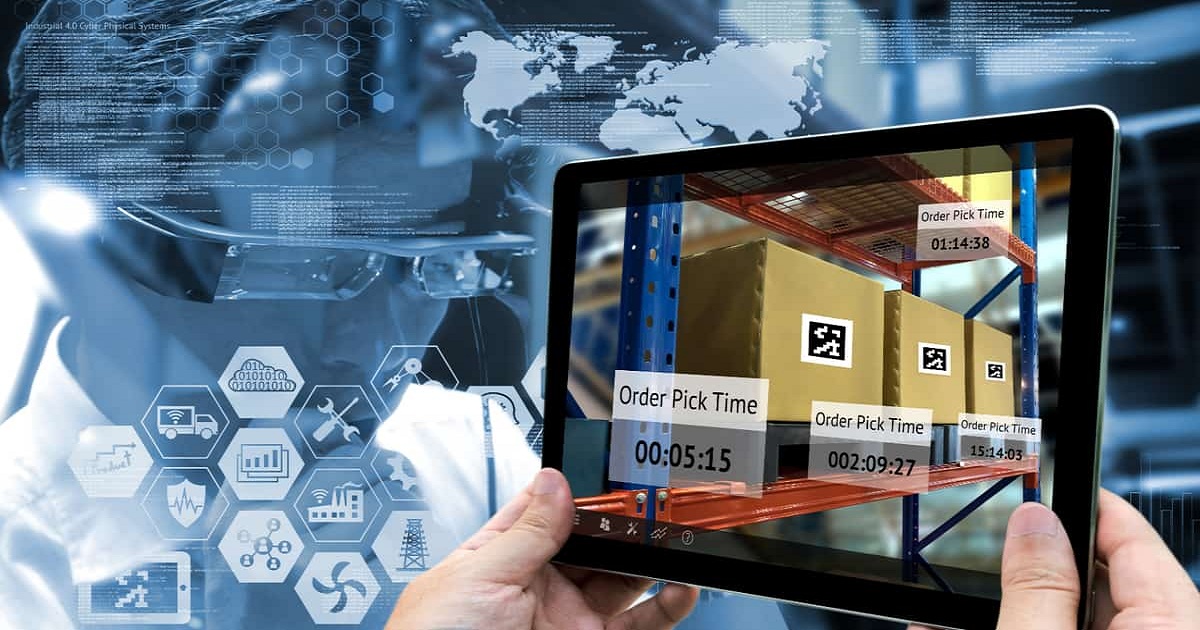8 key elements of supply chain digitization
FreightWaves | December 18, 2019

Economies around the world are embracing Industry 4.0, and that means supply chains must as well. The third industrial revolution saw the introduction of computers and automation. 4.0 takes that a step further by connecting a myriad of data points and using machine learning to take automation to new levels. “If the vision of Industry 4.0 is to be realized, most enterprise processes must become more digitized,” wrote Stefan Schrauf, a partner with PwC Strategy in Germany, and Philipp Berttram, a principal with PwC Strategy, in a recent white paper outlining the digitization of the supply chain. “A critical element will be the evolution of traditional supply chains toward a connected, smart, and highly efficient supply chain ecosystem.” The authors noted that today’s supply chain is a “series of largely discrete, siloed steps taken through marketing, product development, manufacturing, and distribution, and finally into the hands of the customer. Digitization brings down those walls, and the chain becomes a completely integrated ecosystem that is fully transparent to all the players involved — from the suppliers of raw materials, components, and parts, to the transporters of those supplies and finished goods, and finally to the customers demanding fulfillment.